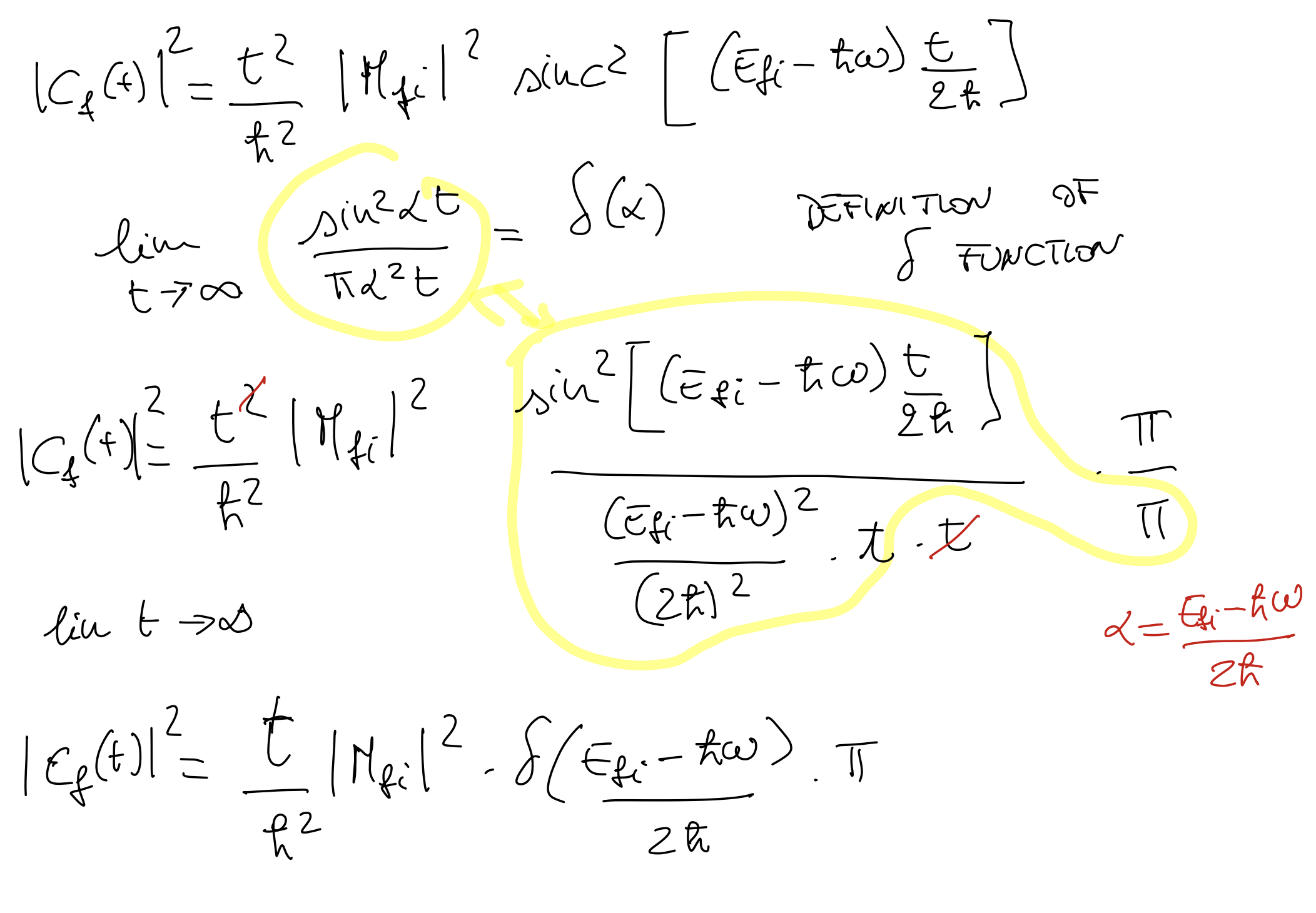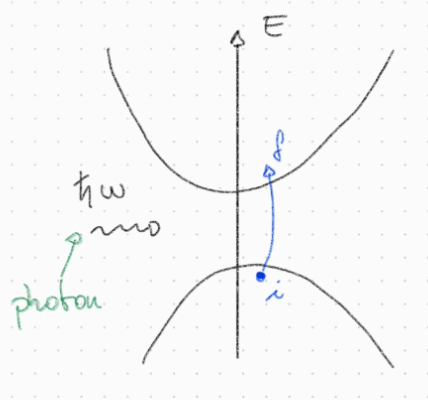Overview of the contents
Before proceeding to the main topic we should understand why it is useful and why we study it.
To study how the system evolves in this setting, we need to know the Transition Probabilities (probability of transitioning from one state to another) and the Transition rate (transition probability per unit of time) between two state
Perturbation theory
The main idea behind perturbation theory is to start with a known or easily solvable system (the unperturbed system) and then introduce a small modification or perturbation that alters the behaviour of the system. By treating the perturbation as a small deviation from the known system, physicists can develop an iterative series solution where each successive term provides a more accurate approximation of the real solution.
First order perturbation
In first-order perturbation, the perturbation is assumed to be small enough that the modifications induced to the system can be linearly approximated, introducing a major simplification of the calculations. The first-order perturbation equation can be used only to approximate weak physical disturbances, such as a potential energy produced by an external field. We will use it exploring the interaction of an incoming electron with a dipole.
Results
We’ll observe that after the perturbation, the chances of the system reaching the final state are higher when the perturbation’s frequency matches that of the system. In that case we say that the perturbation is in resonance with the system and this indicates that the perturbing energy can be absorbed or emitted by the system, facilitating transitions between these states.
DOS
The Density of states (DOS) can be written in another equivalent form
which, differently from the one seen previously is not normalized to volume. To check that the two definition are equivalent, let’s calculate the number of state
both actions involve counting the number of energy states within the range of
Perturbation theory
Starting form a periodic unperturbed system described by the Hamiltonian
Supposing that the Hamiltonian is time independent we can write the solution as
When a perturbation
We want to find the evolution in time
we know that
where the coefficient
Observation
The perturbation makes the system evolve from an initial state
So now our goals is to calculate the coefficients
Many steps are not reported in the following.
after some steps we get:
Where
First order perturbation theory
To solve equation
Indeed the FIRST ORDER APPROXIMATION consist in the assumption that:
With this approximation we can rewrite
The transition probability (the probability of finding the system in a given (final) state
The transition rate (how fast an electron evolves from the initial state to the final state) can be calculated as:
This means that if
Dipole in an electric field
If we imagine the perturbation generated by an incoming photon the electric field can be expressed as:
Where:
We take a dipole as a system. A dipole consists of two charges of opposite polarity separated by a distance
The perturbation potential can be express as
where :
In this case our perturbation is
We can write
Many steps are not reported in the following.
where:
By plotting the first term we can see that it has a spike where
Plotting the second term alone shows similar result but when
Note that in the second case the first photon is not absorbed and only creates the perturbation, which generates the emission of a second photon
In the stimulated emission scenario, the second photon (in blue) is the emitted one, we exploit this effect in lasers.
For
We can now calculate the
todo improve


By calculating the transition rate we get the Fermi golden rule:
In Solid
In complex systems like in solid we will have multiple initial
So the formula needs to take in account the sum over all the states:
in the first step we extracted
Semiconductor
todo improve drawing

Since
and we can rewrite
When a photon is absorbed or emitted by a material, it can cause an electron to transition from one state to another.
There are two key constraints governing this transition:
- Energy conservation: The energy difference between the initial and final states
- Momentum conservation: The change in the wavevector
- the change in momentum resulting from photon-induced transitions is negligible
So we have that:
Simplifying the electric field
Since the volume of the crystal is equal to the volume of the primitive cell multiply by the number of these we can write:
We have that

